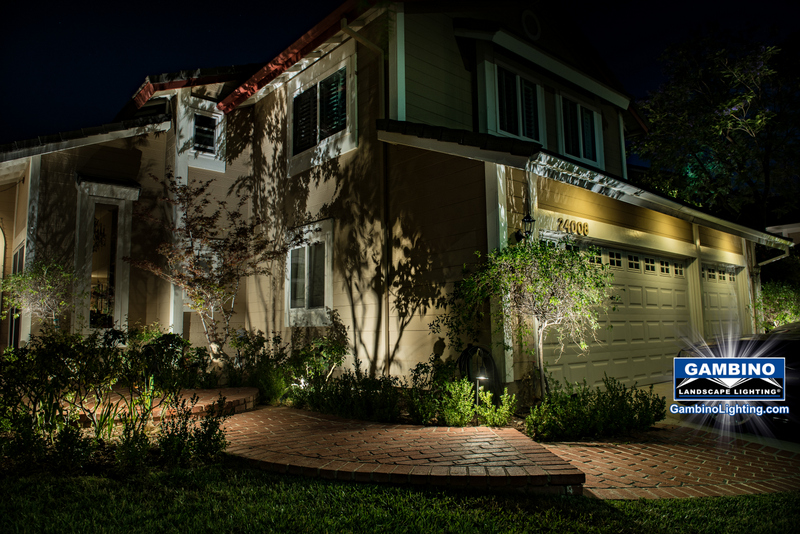27 Jul Proper Garden Care and Pruning: An Essential Function of Landscape Lighting
By Mike Gambino
As I “Illuminate” my way around multiple properties and gardens in southern California and beyond, it’s not hard to come across evidence of improper pruning in both residential and commercial applications. It seems that how to prune, when to prune, and how often to prune, are concepts that are commonly misunderstood in the landscape.
Proper pruning helps improve the vigor and beauty of your plant material, and is an essential tool in maintaining a healthy landscape.
 Reasons to Prune
Reasons to Prune
Often people think of pruning as a purely aesthetic function that is focused solely on maintaining the natural shape of a tree or shrub, or to develop a particular form, as commonly observed in shaped hedges. This is true but there are actually many additional benefits associated with proper pruning, including:
- Rejuvenating old or declining plants by removing dead or older wood so young growth can be stimulated and developed.
- Improves the chance of survival at transplanting time.
- Directing or correcting growth patterns or avoid future problems, such as spatial conflicts with surrounding plants or structures.
- Improving or maintaining flowering by selectively removing some branches, allowing light to penetrate to the interior of the plant both day and at night with garden lighting.
- Removing crossing or rubbing branches.
 The approach to pruning varies depending on the type of plant, so it is important that you take into consideration not only the plant material itself, but also its seasonal requirements.
The approach to pruning varies depending on the type of plant, so it is important that you take into consideration not only the plant material itself, but also its seasonal requirements.
Flowering Shrubs
The timing of pruning is important in order to achieve a balance between the plant’s negative growth and the plant’s ability to produce a maximum display of flowers. Woody species have two flowering patterns; they will either flower new growth in the summer or fall, or they will flower on one-year-old wood in the spring.
You should prune spring flowering plants at the end of the flowering season, just before new growth starts. Do not prune these plants during the winter, because it might remove all the flower buds.
Summer and fall flowering species may be pruned during the dormant season, when all other species may be pruned.
 Hedges
Hedges
Hedges are used as a visual block to hide objects, reduce noise or even to provide a windbreak. Pruning hedges requires techniques to produce the desirable shape and density. You can prune a hedge at least twice per year, or three to four times per year for a faster growing hedge.
Proper Pruning is critical to the health and overall wellbeing of the landscape. The more aesthetically pleasing your plants and trees look during the day the healthier and longer lived they will be and better they will look illuminated after dark.
To assist you in the care and treatment of trees, you may also contact a certified arborist to help you identify the proper techniques for saplings and other woody perennials.
 This landscape lighting blog is published by Mike Gambino of Gambino landscape lighting inc. all
This landscape lighting blog is published by Mike Gambino of Gambino landscape lighting inc. all  rights reserved. Mike is a professional landscape lighting system designer/ builder and has been designing, installing and maintaining landscape lighting systems for more than 28 years. Mike resides in the Los Angeles area with his wife and 2 sons. To visit his website go to www.Gambinolighting.com . To inquire about hiring Mike please click here .
rights reserved. Mike is a professional landscape lighting system designer/ builder and has been designing, installing and maintaining landscape lighting systems for more than 28 years. Mike resides in the Los Angeles area with his wife and 2 sons. To visit his website go to www.Gambinolighting.com . To inquire about hiring Mike please click here .
Blog articles may be published with permission on other websites without editing or removing links.



No Comments